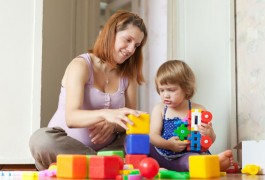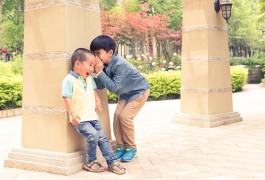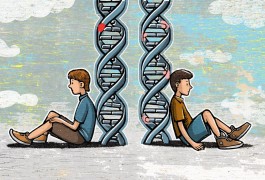Questions for Deborah Fein: Defining ‘optimal outcome’
Understanding why some children appear to outgrow their autism diagnosis may provide clues about the biology of the disorder but shouldn’t dictate treatment decisions, says Deborah Fein.
From funding decisions to scientific fraud, a wide range of societal factors shape autism research.

Understanding why some children appear to outgrow their autism diagnosis may provide clues about the biology of the disorder but shouldn’t dictate treatment decisions, says Deborah Fein.
A cluster of neurons helps monkeys cooperate, and a human gene makes a mouse brain look like a person’s.

Native speakers of tonal languages who have autism are adept at identifying pitch in music, but this does not help them interpret tone in language.

Watch the complete replay of Kathryn Roeder’s webinar discussing how powerful statistical tools can yield insight into the genetic risk for autism.

Imagine a world in which researchers reveal all their clinical trial data, allowing their peers to do their own analyses and confirm the findings. A new report by the Institute of Medicine outlines ways to make this scenario a reality.

The acclaimed Broadway play “The Curious Incident of the Dog in the Night-Time” gives theatergoers dazzling insight into one boy’s unusual experience of the world.
Grad students and postdocs prove why basic science matters, and an outbreak sends a sobering message.

When it comes to research, scientists and the public are often at odds. It’s a long-standing problem, but the results of a survey released last week reveal that in particular areas, this opinion gap has grown.

Less than one-third of sibling pairs with autism who carry rare mutations in autism-linked genes share those mutations, according to the largest study yet to sequence whole genomes of people with the disorder. The study questions the assumption that autism’s risk factors run in families, but some experts are skeptical.
Home videos may ease social deficits in babies, and a supplement maker is scolded over autism claims.